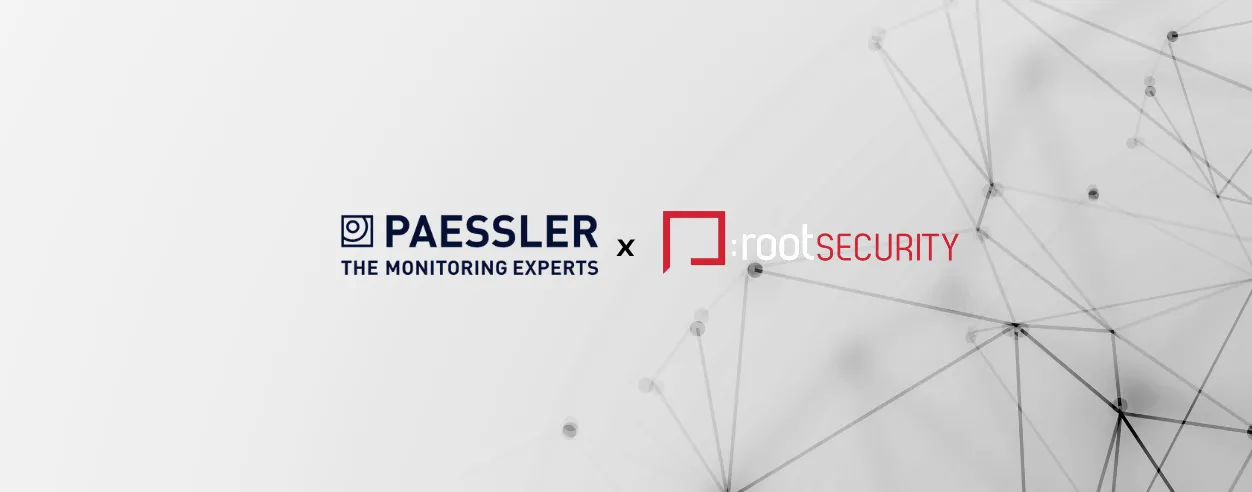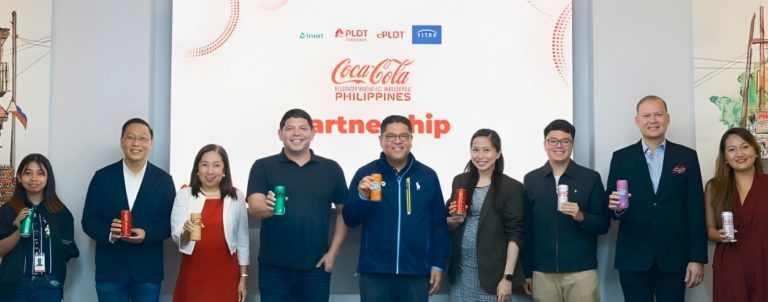Singapore – Software development firm Paessler AG has recently announced that it has teamed up with cybersecurity distributor Root Security with the goal of strengthening the company’s presence in Singapore.
This strategic partnership further aims to address the growing demand for integrated monitoring and cybersecurity solutions across various industries. It also complements the company’s goal to prioritise monitoring and cybersecurity in every IT environment, providing holistic support to resellers to deliver value to end-customers.
Additionally, the said collaboration targets multiple industries, including IT services and telecom, government, managed service providers, manufacturing, and construction, among others.
Root Security’s selection was based on the company’s proven cybersecurity expertise, aligning with Paessler’s dedication to quality and customer satisfaction. This partnership expands market reach and improves the offerings of both organisations.
Talking about the alliance, Felix Berndt, director of sales Asia Pacific at Paessler, shared, “We are excited to strengthen our presence in Singapore by bridging the gaps between monitoring and cybersecurity across the country’s sophisticated IT environments. Our goal is to support our resellers comprehensively, ensuring they can deliver real value to their customers.
“Considering the growing demand for integrated monitoring and cybersecurity solutions and Paessler PRTG’s capabilities across IIOT, OT, and IT environments, partnering with Root Security positions us to meet that demand effectively,” added Felix.
Collin Chow, chief revenue officer at Root Security, also commented, “Adding Paessler AG to our solutions portfolio is a significant move for us. In today’s rapidly evolving IT landscape, the importance of monitoring and IT business intelligence cannot be overstated.”
“With Paessler AG’s comprehensive solutions, we will enable our channel partners to help end-customers identify and resolve advanced IT issues swiftly, propelling extensive business transformations in today’s hybrid IT environments,” Chow concluded.









